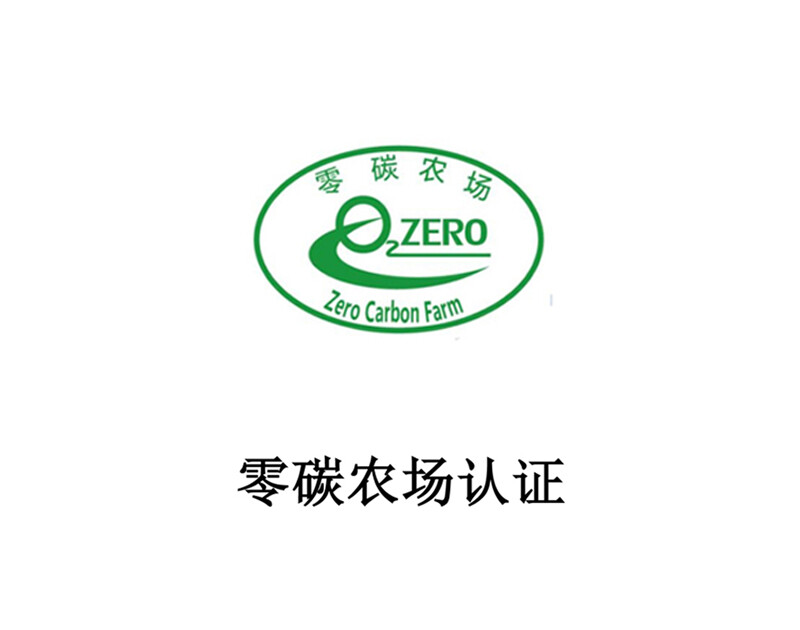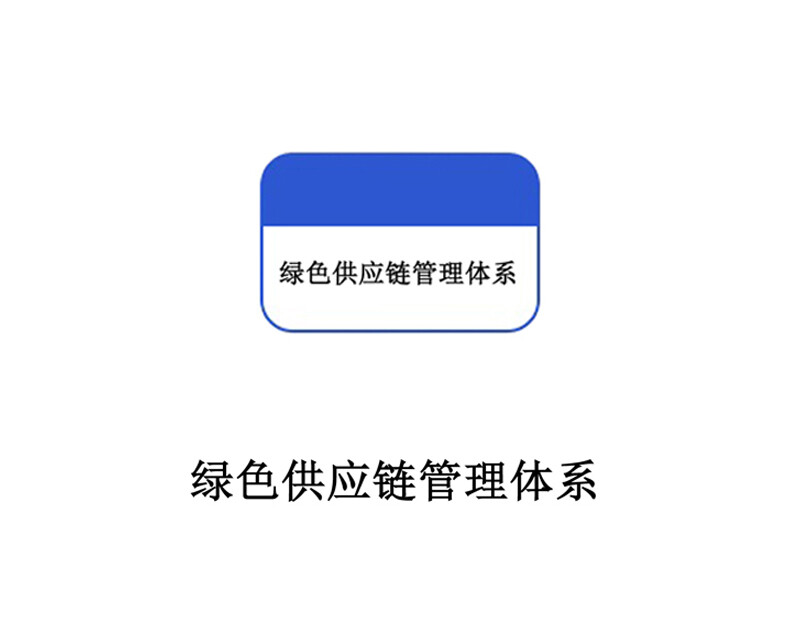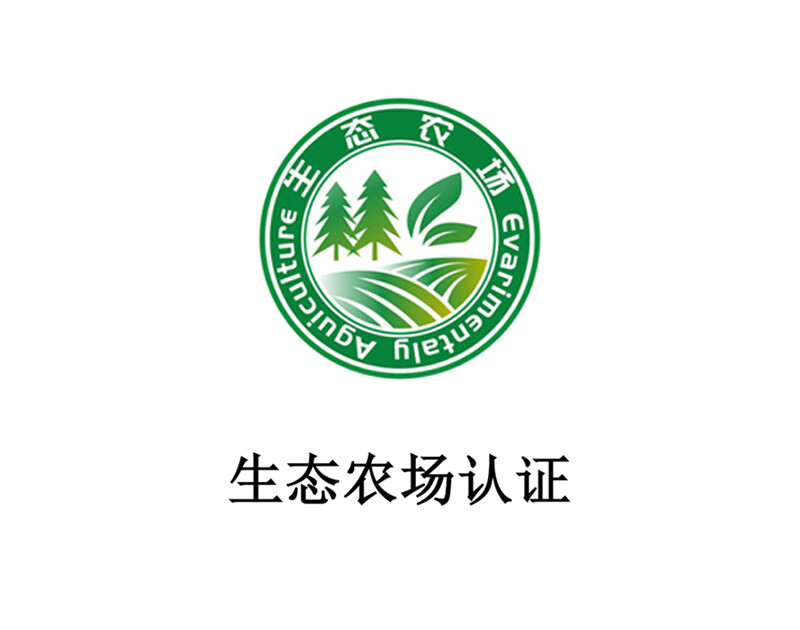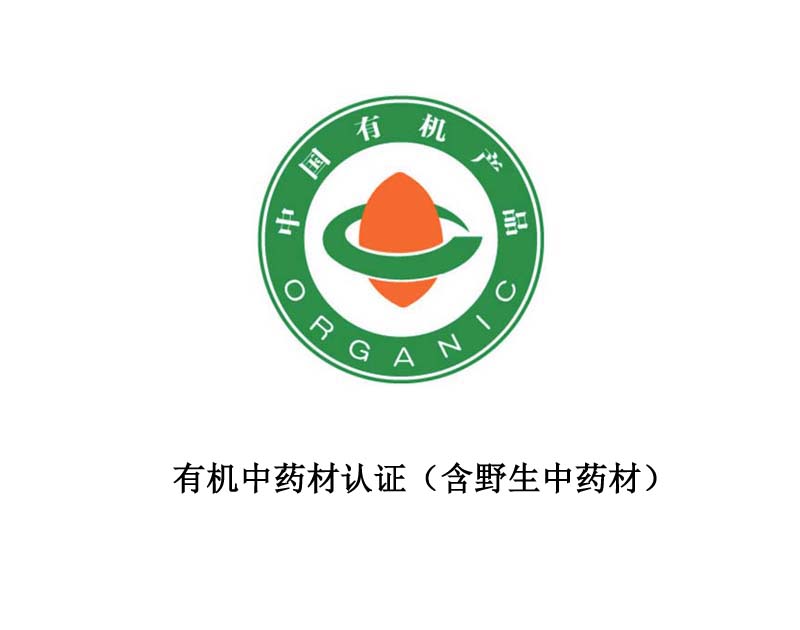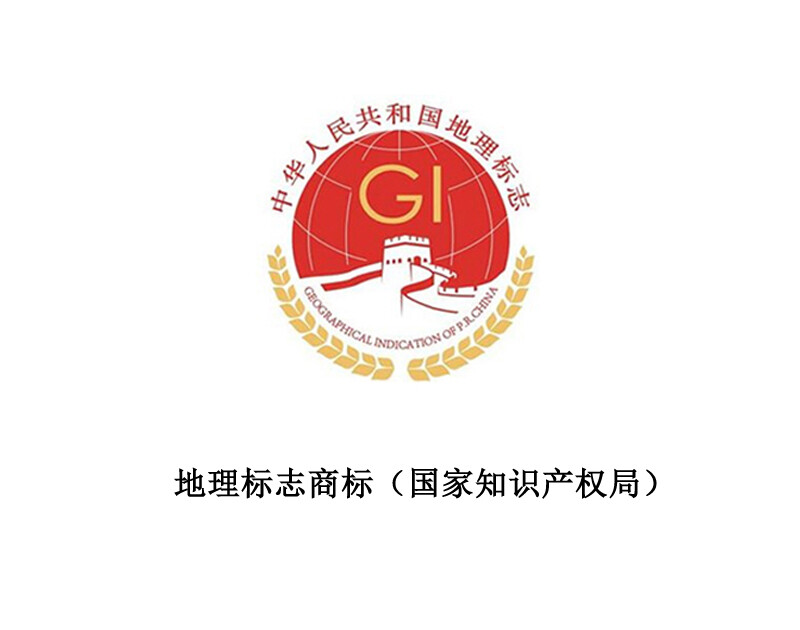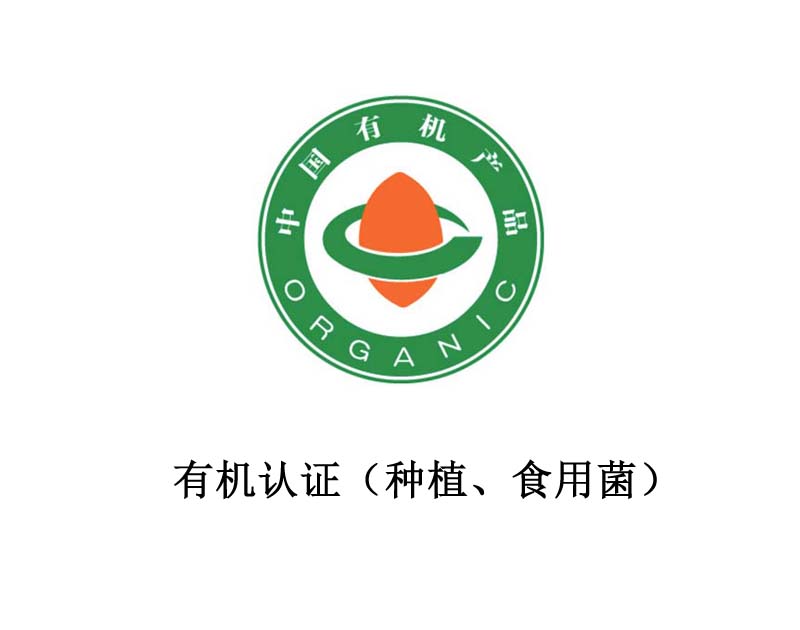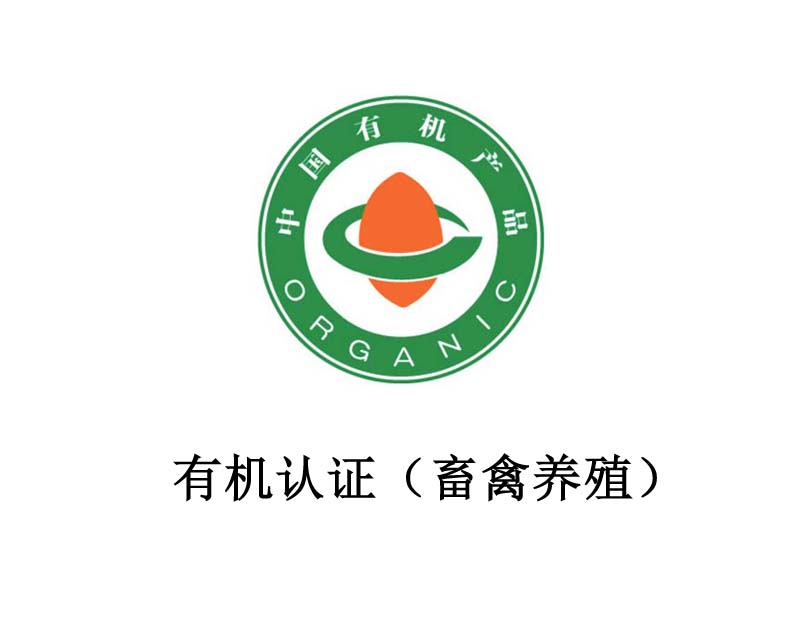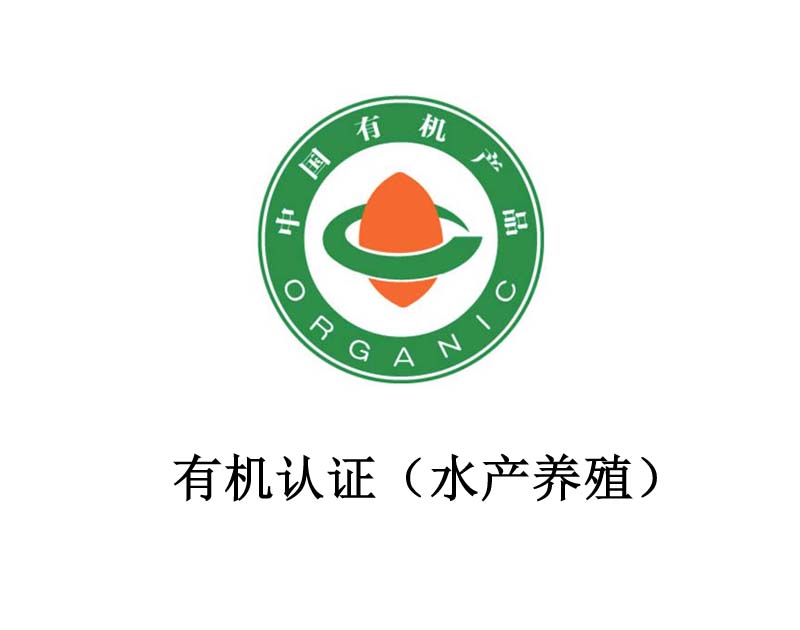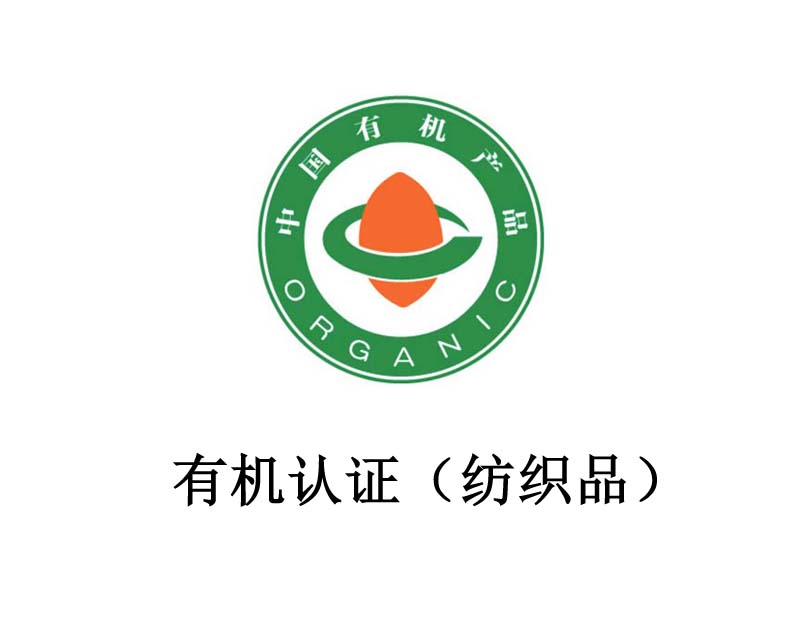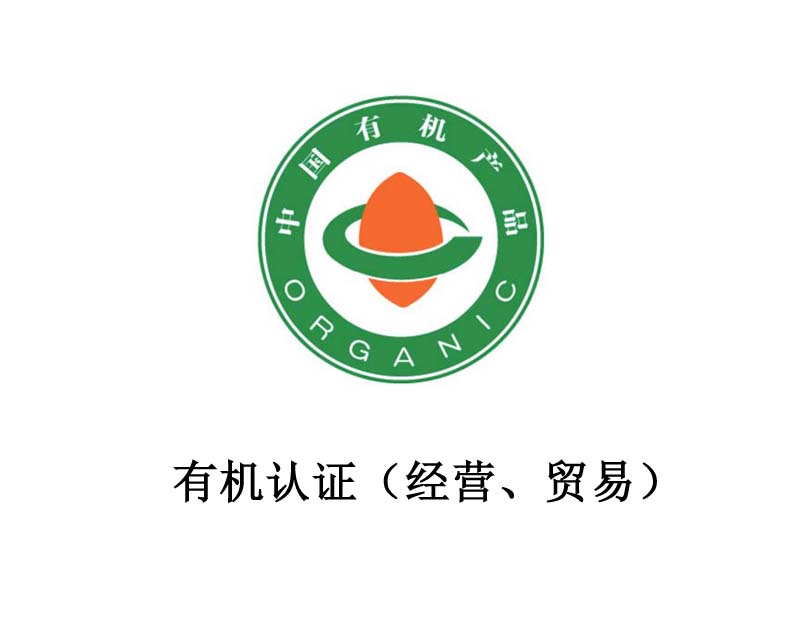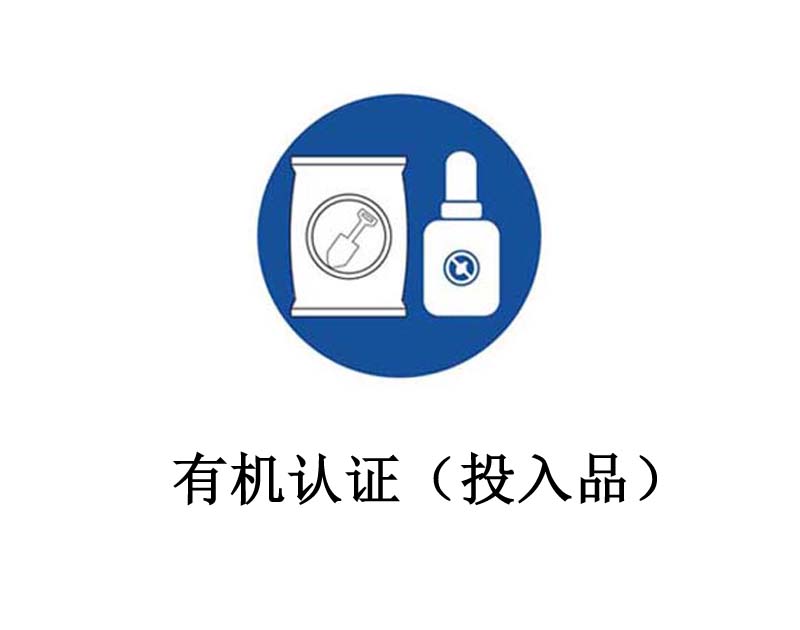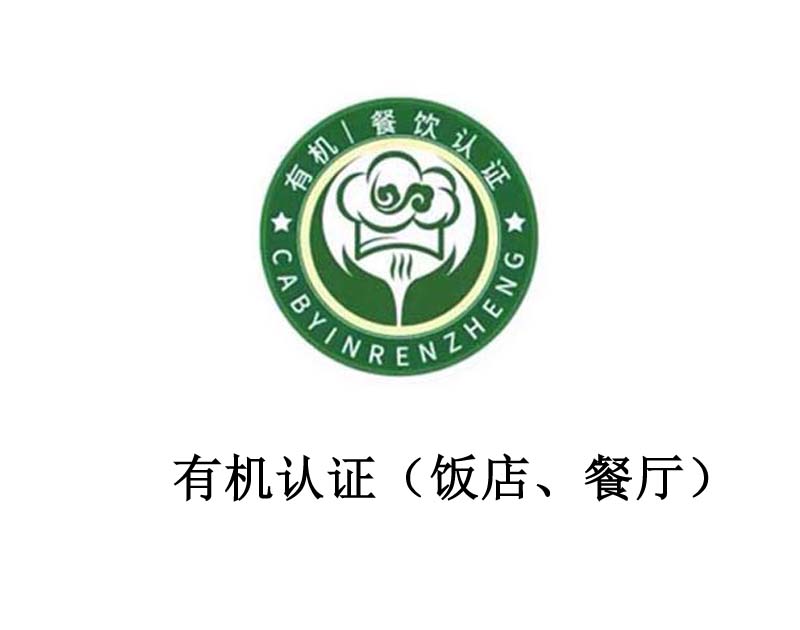Agricultural Product Food Certification Service Network
Technical Support: China Green Huaxing (Beijing) Agricultural Research Institute
Copyright: Guohuan Organic Agricultural Products (Dezhou) Co., Ltd
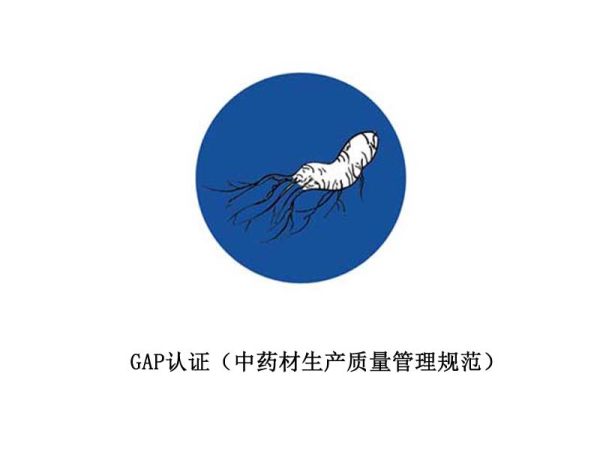
【Brief description of GAP (Good Manufacturing Practice for Chinese Herbal Medicines)】:
Announcement of the National Medical Products Administration, the Ministry of Agriculture and Rural Affairs, the National Forestry and Grassland Administration, and the National Administration of Traditional Chinese Medicine on the promulgation of the "Quality Management Standards for the Production of Traditional Chinese Medicines" (No. 22 of 2022);
In order to implement the "Implementation Plan for Major Projects for the Revitalization and Development of Traditional Chinese Medicine" issued by the General Office of the State Council, orderly promote the implementation of the "Good Manufacturing Practice for Chinese Medicinal Materials" (GAP for Chinese Medicinal Materials), promote standardized production of Chinese medicinal materials, improve the quality of Chinese medicine from the source, and promote the inheritance, innovation and high-quality development of Chinese medicine, in accordance with the working ideas of "being politically conscious, strengthening supervision, ensuring safety, promoting development, and benefiting people's livelihood" and the work deployment of the State Food and Drug Administration's "Several Measures on Further Strengthening Scientific Supervision of Traditional Chinese Medicine and Promoting the Inheritance and Innovation of Traditional Chinese Medicine", the State Food and Drug Administration has decided to carry out the demonstration construction of GAP supervision implementation for Chinese medicinal materials. The drug regulatory departments of Anhui, Guangdong, Sichuan and Gansu provinces will serve as the task-bearing units to promote the demonstration construction, and other provincial drug regulatory departments can take the initiative to carry out it according to work needs.
[Excerpt from "Quality Management Standards for Chinese Medicinal Materials Production"]:
[Article 6]: Enterprises shall establish an effective supervision and management mechanism for the main production units of the base to achieve on-site guidance, supervision and record-keeping of key links; unify the planning of production bases, unify the supply of seeds, seedlings or other breeding materials, unify the management measures for inputs such as fertilizers, pesticides or feed, veterinary drugs, unify the planting or breeding technical regulations, unify the harvesting and processing technical regulations at the place of origin, and unify the packaging and storage technical regulations.
[Article 9]: Enterprises shall establish a quality traceability system for Chinese medicinal materials production to ensure that key links in the entire process, from production sites, seeds and seedlings or other propagation materials, planting and breeding, harvesting and processing at the place of origin, packaging, storage and transportation to shipment, can be traced; enterprises are encouraged to use modern information technology to build a traceability system.
【Article 11】: Enterprises shall formulate quality standards for Chinese medicinal materials, and the standards shall not be lower than the current statutory standards.
(1) Determine the quality control indicators based on the actual production situation, which may include: medicinal material properties, inspection items, physical and chemical identification, extracts, fingerprints or characteristic spectra, indicators or the content of active ingredients; control standards for pesticide residues or veterinary drug residues, heavy metals and harmful elements, mycotoxins and other toxic and harmful substances in medicinal materials;
【Article 12】: Enterprises shall formulate standards for seeds, seedlings or other propagation materials of Chinese medicinal materials.
【Article 35】: Enterprises shall clearly identify the origin and germplasm of seeds, seedlings or other propagation materials used, including species, subspecies, variants or forms, farm varieties or selected varieties; the origin of the species used for planting or breeding shall comply with relevant standards and regulations. The use of medicinal wild plant resources listed in the "National Key Protected Wild Plant List" shall comply with relevant laws and regulations.
[Article 15]: The person in charge of the enterprise is responsible for the quality of Chinese medicinal materials; the enterprise should be equipped with a sufficient number of production and quality management personnel with qualifications corresponding to their job responsibilities; the person in charge of production and quality management should have a college degree or above in Chinese medicine, pharmacy or agronomy and other related majors and have more than three years of practical experience in Chinese medicinal materials production and quality management, or have more than five years of practical experience in Chinese medicinal materials production and quality management, and all must undergo training in this specification.
[Article 27]: Chinese medicinal materials production bases should generally be located in authentic production areas. If they are located in non-authentic production areas, sufficient literature or scientific data should be provided to prove their suitability.
